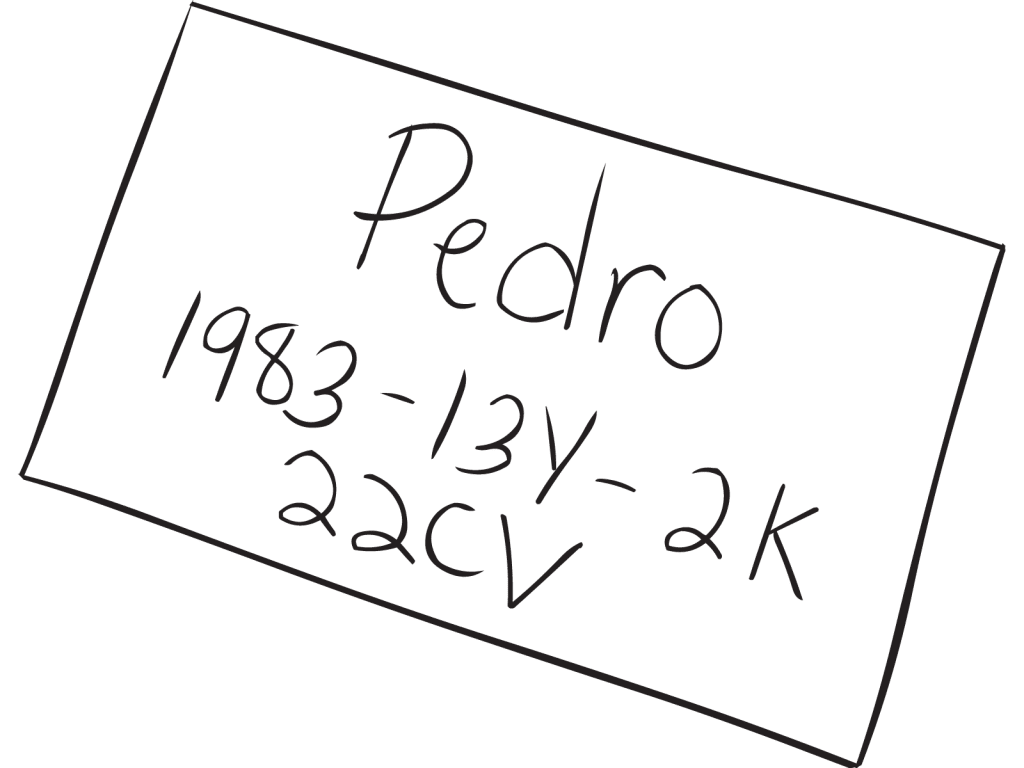Save to Playlist
Step-by-Step Instructions
Resources Premium
How To Play Narrative Premium
Practical Leadership Tips Premium
Social-Emotional Learning Premium
Health & Wellness Programming Premium
Popular Variations Premium
Virtual Adaptation Premium
You Might Also Like... Premium
Useful Framing Ideas Premium
Reflection Tips & Strategies Premium
Source Premium

No Props No Problem
Brand NEW book featuring 150+ outrageously fun group games & activities. Scan QR codes to connect to tons of digital content including video tutorials.
Add to Cart
NEW – No Props No Problem
The best-selling book featuring 150+ outrageously fun group games & activities. Scan QR codes to access exclusive digital content including video tutorials.

Free Ice-Breakers & Group Games
Ten of the best no-prop, interactive ‘get-to-know-you’ games & activities. 100% fun, your group will love ’em. Our most successful giveaway, 10,000+ downloads so far…
Top Ten Icebreakers & Group Games
Download our free 28-page ebook jam-packed with outrageously fun activity ideas.
Just one more question:
I am interested in…
Choose a plan that’s right for you
We offer a range of membership plans with no surprises.
Click an option below & discover our simple pricing.

Individual
Click here if you’re a:
- Teacher
- Corporate trainer
- Outdoor educator
- Camp leader
- Youth leader
- Conference organiser
- Therapist/counsellor
Membership Plans

Enterprise
Click here if you represent a:
- School
- Corporation
- Community-based Organisation
Explore plans for
10, 50, 200 or more
potential users
Membership Plans






Thaaaaanks mucho for the learning pod today, Mark. I feel so honoured and energised! woohoooooh!
Just to add to this activity and say I have used the same ID cards with people/groups I have regular interactions with. Each time we meet, there is an expansion, progress, some kind of ‘leveling up’ – first time with numbers, next time we used the same card and added letters, the third session we added symbols – or anything that is not a letter or a number. I am thinking of a fourth level – something that hopefully encourages them to further appreciate the ID card as art – have everyone put/paste/attach something to the card – cut-outs, glitter, photo, et al.
If we want to include an opportunity for people to guess the meanings – in my experience it is best done in pairs. This ‘guessing game’ part proceeds by asking ‘any ideas what the numbers mean?’; the resulting guesses are ‘labeled’ as matching or not matching/connected or not as connected (other ways) rather than ‘wrong/right’. The guessing gamers are encouraged to think of a range of possible meanings and are thanked for trying (opportunity for processing later).
Choosing the ‘theme’ gets discussed in the group – the foundational intention is for each person to feel safer and more secure in the group, and tell others something about their life ‘that they are comfortable to share’ – which I think is one of the key ingredients to building trust and group cohesion. I’ve done different ways of identifying themes – all anonymous suggestions in a box, posted on boards, sent as emails, et al. Any other ideas, colleagues? 😉
The other way I use the cards is before we say ‘goodbye/see you again’, we go back to the IDs and ask – using one or a combination, choose a number/numbers that help describe our experience today – what we learned, insights, messages to people/the group, aha/light bulb moments – again, whatever they are comfortable sharing (stretch zone sharing may be explored for the 3rd or other succeeding sessions). If the number isn’t/numbers aren’t there then they are encouraged to mention a new one/combination. If the course has an endpoint – we can all look back at the ID cards and see the adventure, discovery…
jOeL, thank you so much for your effort to share here. As discussed in our Learning Pod session, I love your idea of using symbols on the cards, too. Well played 🙂